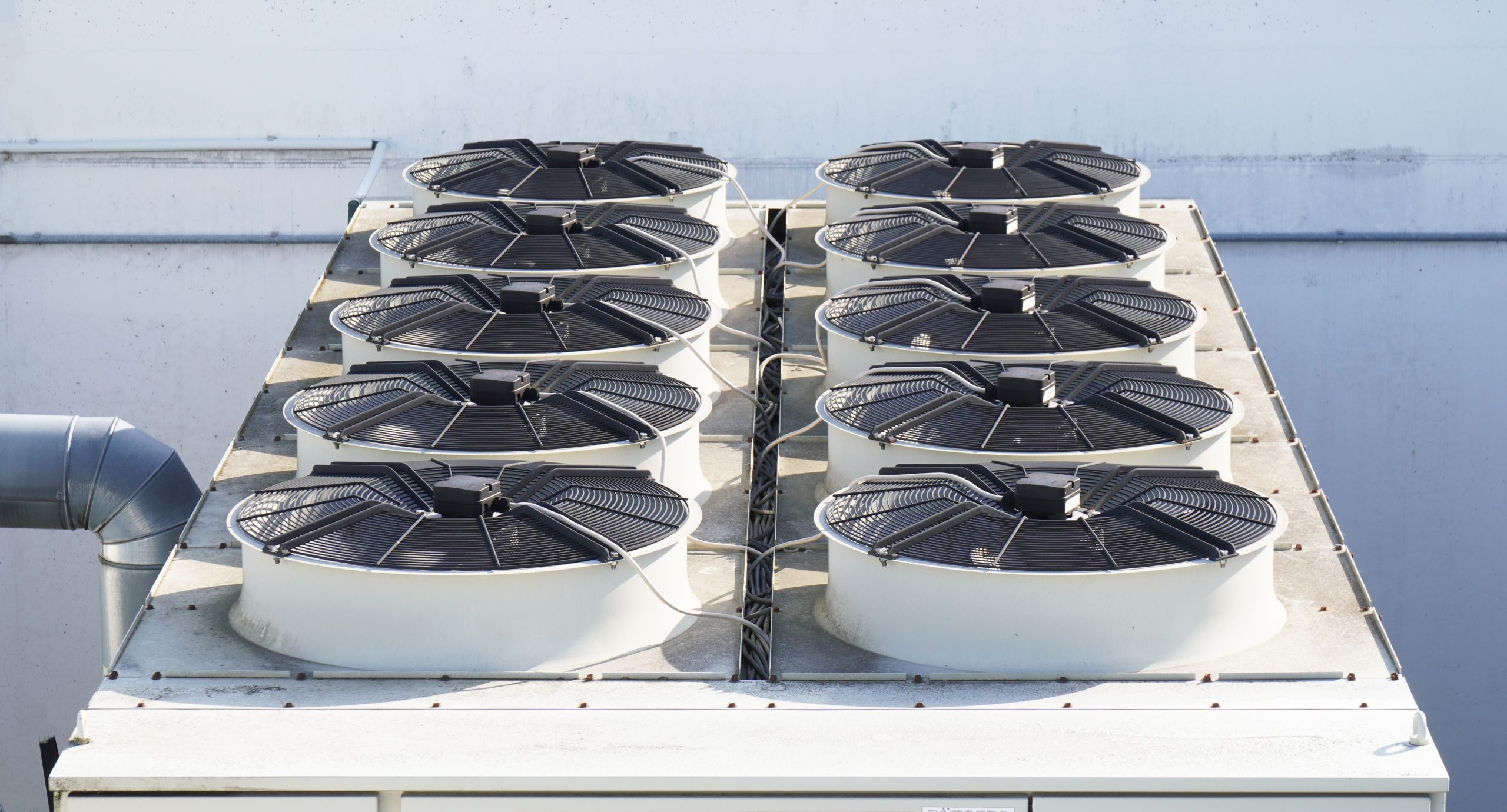HVAC System Retrofitting: Achieving Optimal Efficiency with Component Upgrades
08 October 2024
HVAC system retrofitting can enhance energy efficiency and save costs with strategic component upgrades in Melbourne. Learn about the important considerations.
HVAC system retrofitting is a crucial strategy for improving the efficiency of ageing heating, ventilation, and air conditioning systems. By upgrading key components, such as filters and thermostats, building owners can significantly reduce energy consumption and operational costs. This approach not only enhances system performance but also extends the lifespan of existing HVAC equipment.
Overview of HVAC System Retrofitting
HVAC system retrofitting involves upgrading or replacing components of an existing HVAC system to enhance its performance and efficiency. This process does not require a complete overhaul of the system but instead focuses on modernising specific parts to meet current standards and technological advancements. Retrofitting can address various issues, including outdated technology, inefficiencies, and capacity constraints.
Key Components Upgrades to Consider for HVAC System Retrofitting
When retrofitting your HVAC system, upgrading key components can lead to substantial improvements in efficiency and performance. Here are several essential upgrades to consider for maximising the benefits of HVAC system retrofitting:
• Modern Controls and Thermostats: Upgrading to smart thermostats allows for more precise control of your HVAC system. These devices can adjust temperatures based on occupancy, time of day, and even weather conditions, leading to energy savings and improved comfort.
• High-Efficiency Filters: Replacing old filters with high-efficiency ones can improve air quality and system performance. Modern filters capture smaller particles, reducing the strain on the system and improving overall efficiency.
• Variable-Speed Fans: Installing variable-speed fans in your HVAC system allows for better airflow control and energy savings. These fans adjust their speed according to the heating or cooling needs, rather than running at full capacity all the time.
• Enhanced Insulation and Duct Sealing: Upgrading insulation and sealing ducts can prevent energy loss and improve system efficiency. Proper insulation helps maintain desired temperatures, while sealed ducts prevent conditioned air from escaping.
• Energy-Efficient Compressors and Motors: Newer compressors and motors are designed to be more energy-efficient. They use less electricity and perform better, contributing to overall energy savings and system longevity.
• ECM Motors: Electronically Commutated Motors (ECMs) are more efficient than traditional motors. They adjust their speed according to demand, which reduces energy consumption and improves system performance.
Implementation and Considerations
Successful HVAC system retrofitting requires careful planning and execution. It’s essential to assess your current system’s condition, identify areas for improvement, and select the appropriate components for upgrade. Working with experienced HVAC professionals can ensure a smooth retrofitting process and optimal results.
Before proceeding with retrofitting, consider the following:
• System Compatibility: Verify that the new components are compatible with your existing system to prevent operational issues and ensure seamless integration.
• Cost vs. Benefit Analysis: Assess the anticipated cost savings and performance enhancements to gauge the return on investment for your retrofitting project.
• Professional Installation: Hire qualified HVAC technicians to ensure that the retrofitting is completed correctly and that new components are installed and integrated effectively.
HVAC system retrofitting is a valuable strategy for achieving optimal efficiency and performance. By upgrading key components, you can enhance energy efficiency, improve system performance, and enjoy long-term cost savings. If you are considering HVAC system retrofitting for your commercial or industrial facility in Melbourne, Victoria, Protector Air Care can provide expert guidance and tailored solutions to meet your specific needs.
Optimized by NetwizardSEO.com.au

 18 °C
18 °C
